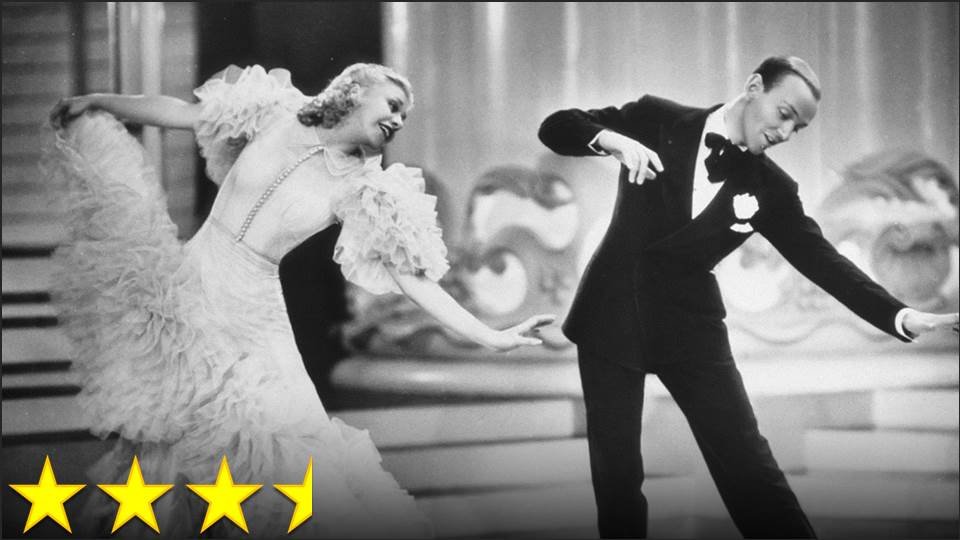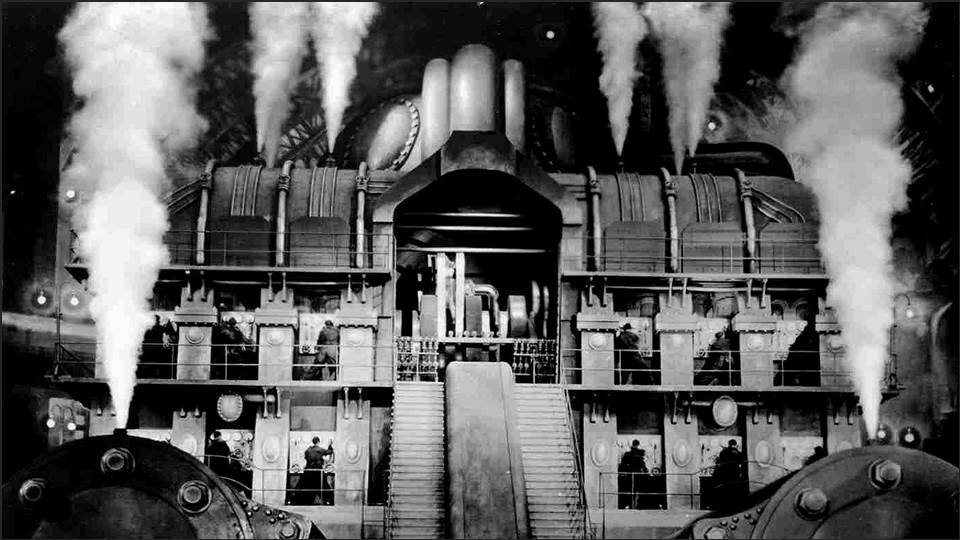UPDATE 2017-03-01: I wrote that this was the first Marx Brothers film, but it was not. Excluding Humor Risk – a silent film that was previewed but never released and is now lost – their first film was The Cocoanuts.
The films of the Marx Brothers are generally divided into about three different eras, and this film, being their first, obviously belongs to the first era. This was the time when they were essentially just taking their stage plays that had done well on Broadway and putting a camera in front of them. Consequently, most of Animal Crackers really doesn’t feel like much more than a standard comedy play about an unlikely mix-up – one that could be performed at any high school – and now it has been badly filmed with poor editing and the sound quality one would expect from a studio that had just made its very first sound film a few months prior. The one thing that keeps this film from feeling too much like the above description is the fact that a few of the characters are played by the Marx Brothers, which changes everything. While it is apparent that the brothers haven’t quite hit their stride yet, their characters are already reasonably well-defined here, or at last as defined as they would ever be (I’m looking at you, Zeppo). When the boys are allowed to simply be funny, they generally succeed in this film, but much of the movie drags on and focuses too much on plotlines that Marx Bros. fans don’t really care about. Not all of the jokes are funny, as Groucho admirably admits to the audience, and the random musical numbers are awkward, slow, and forgettable, but over all, it’s still a pretty fun movie that I would gladly watch again.





